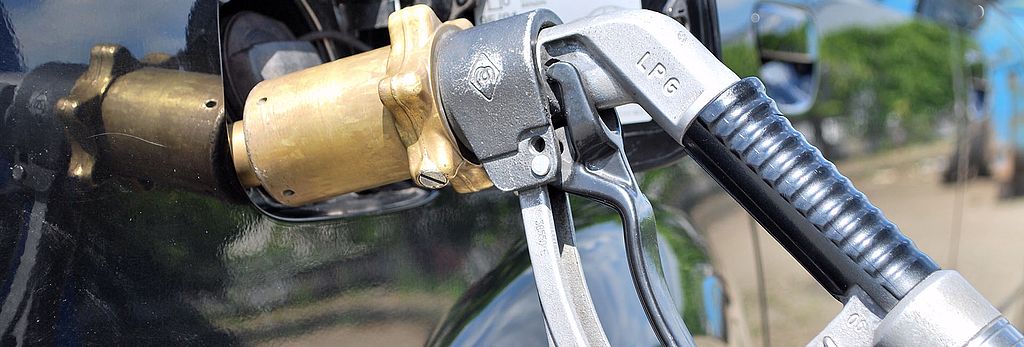
LPG (liquefied petroleum gas)
What ist LPG (liquefied petroleum gas)?
The acronym LPG stands for liquefied petroleum gas and in common parlance describes gases that remain liquid at room temperature under relatively low pressure, such as propane, butane and their mixtures.
In the extraction of natural gas and crude oil production LPG occurs as "wet natural gas during drilling” and is burned on the spot because processing this raw material from such sources is uneconomical. But LPG does not just occur during exploration; it is also a byproduct of oil refining.
As a fossil fuel, LPG (liquefied petroleum gas) is often used for heating or cooking purposes. But it can also be used as a fuel for vehicles with gasoline engines that have an LPG system. The first German gas filling station went into operation in Hannover in 1935. In the 1970s, the use of LPG as a fuel for automobiles was widespread in Italy and the Netherlands, in particular.
Quality requirements for LPG
The quality requirements for LPG are regulated throughout Europe by DIN EN 589. When used as a fuel, LPG is subject to a lower tax rate due to its lower emissions value. The emissions of this gas are lower than those of gasoline and its exhaust gases can be converted by automotive catalysts even at low temperatures. Moreover, as it is virtually free of sulfur, the combustion produces no soot. Therefore, vehicles that run on LPG or natural gas are the only vehicles with combustion engines that can be used inside buildings. In addition, LPG can be used as a propellant in spray cans and can be found as a non-CFC refrigerant in refrigerators and air conditioners.
Difference between LNG and LPG
| LNG (liquefied natural gas) | LPG (liquefied petroleum gas) | |
|---|---|---|
| Use | Heating and cooking, domestic and commercial applications, e.g. substitute for conventional oil-based fuel | Vehicle fuel |
| Components | Mainly methane (CH4) | Mainly propane (C3H8) and butane (C4H10) |
| Specific gravity (gas) | Lighter than air, disperses and rarefies very quickly below flammable limits | Components are heavier than air, gas does not disperse (easily) and will remain longer within the flammable range |
| Storage | Liquefied under atmospheric pressure at very low temperatures (approx. minus 160°C) | Liquefied under high pressure and ambient temperatures or under atmospheric pressure and low temperature (approx. minus 1°C to minus 45°C) |
Mabanaft is active in trading, supply and project development for NGLs and their derivatives from our offices in London and Singapore. The LPG team plays an important role in our mission to be a supplier of clean and lower carbon fuels and generate robust growth and investment opportunities.
Mabanaft business unit New Energy, Chemicals & Gas
LPG at OIL! Tankstellen
Status: December 2015
All information subject to change. Errors and omissions excepted.

